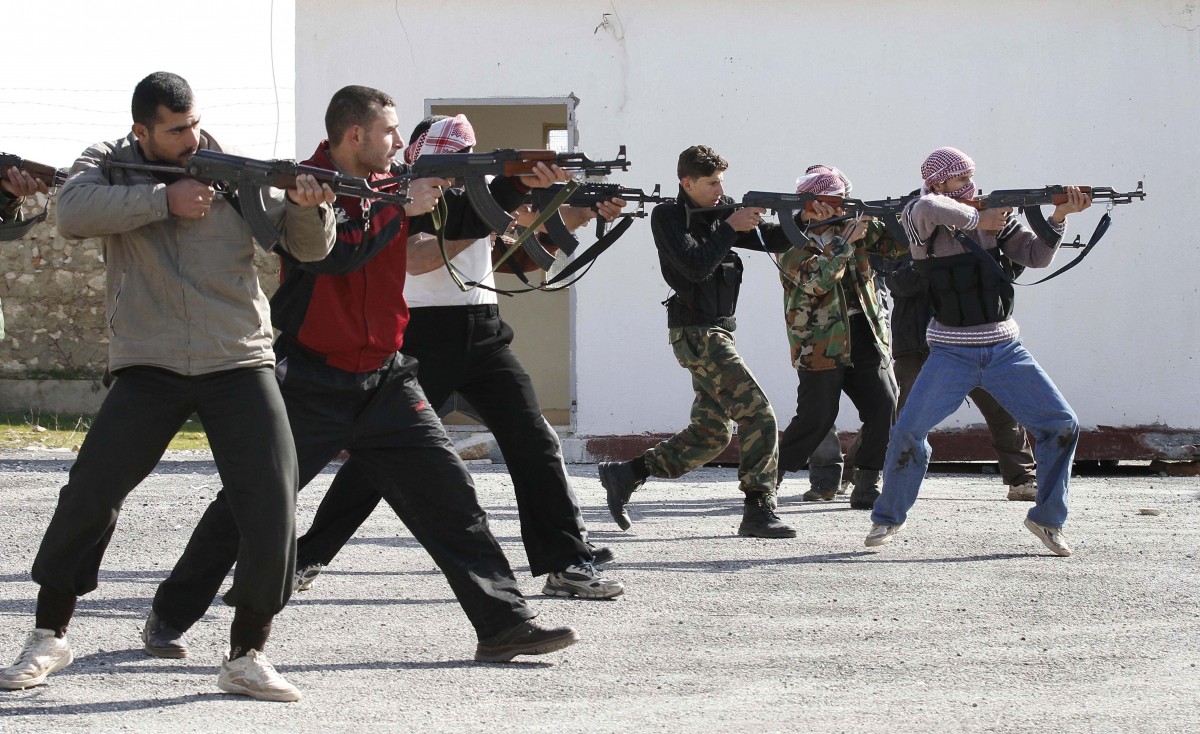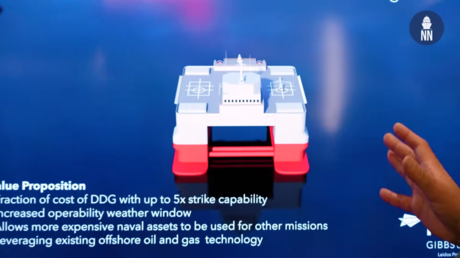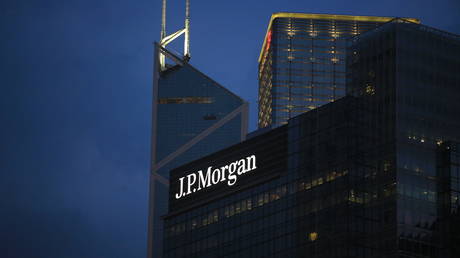The New Cold War: Russia and the US Spar in Syria

While the days of overt invasions and boots on the ground appear to be over, long-range air warfare seems the order of the day. Syria — currently the most unstable country in the Middle East — emerges as the clear target of both US and Russian interests.
This past weekend, president Trump launched missiles at a chemical weapon factory in the heart of Syria. And while the US has seen a continually dissipating influence within the country, Russia has taken an active role in stomping out any opposition to the Assad regime. But how did all of these Cold War-type antics start?
The Beginning of the War
The Syrian Civil War began as a series of demonstrations before March of 2011. In March, several youths were arrested and detained for writing political graffiti, leading to increased protests and a government crackdown. Several citizens were gunned down by security forces, and the movement took on new momentum. At this time — and currently — Syria held a vested interest in Russia, given the massive Russian naval installation in Tartus.
The US became nominally involved in the region throughout this period, calling for the resignation of Assad and the cessation of violence against his citizens. However, in 2012 — and possibly earlier — the US began funneling weapons and money to various rebel forces within Syria, beginning a Cold War era within the country. The program — codenamed “Timber Sycamore” — was a product of the CIA and comes straight from the Cold War manual for destabilizing regimes.
Though it was never freely admitted, it is assumed that Russia had been supplying weapons and money to the Assad regime through its military bases and installations.
Following the emerging evidence of chemical weapon attacks on citizens, then-President Obama gave his infamous “red line” speech. Though this was followed by a distinct lack of action, the President vowed to support the rebel cause, and supply additional arms and money to the factions. As more evidence surfaced, President Obama asked Congress to authorize military force within Syria. However, in a deal brokered by Russia, Syria agrees to dismantle its chemical weapons, and tensions temporarily decline.
Russian Bombing
Following several years of continued violence between the Assad regime and a coalition of rebel forces, the US began winding down its operations in Syria. In March of 2016 — almost exactly five years since the first wave of violence — Russia, too, began pulling its forces from the country. For the moment, it appeared both nations had decided to curb back their military influence in the region, and instead focus on humanitarian aid and peace-brokering.
However, in September of the same year, Assad’s government officially requested military intervention from Russia. Russia indulged Assad’s request, embarking on an enormous bombing campaign in the rebel-held Aleppo, pulverizing most of the city and killing thousands in several months. Government forces can retake the city.
The Future of Proxy Warfare
For many, proxy warfare ended with the fall of the Soviet Union. However, anyone following the news coming from Syria knows this is not necessarily the case. The Timber Sycamore program — which has been in decline since the Russian bombing campaign — is on the verge of being phased out, officials say. However, billions of dollars’ in small arms and military technology have flooded the market in Syria and the proxy countries the US used to supply the rebel forces.
These weapons may have a yet-unknown effect on the region and could spark future rebellions within Syria or its neighbors. Though it is impossible to understand the impact of Timber Sycamore fully, its creation and purposes make one thing clear: the Cold War may be back.



